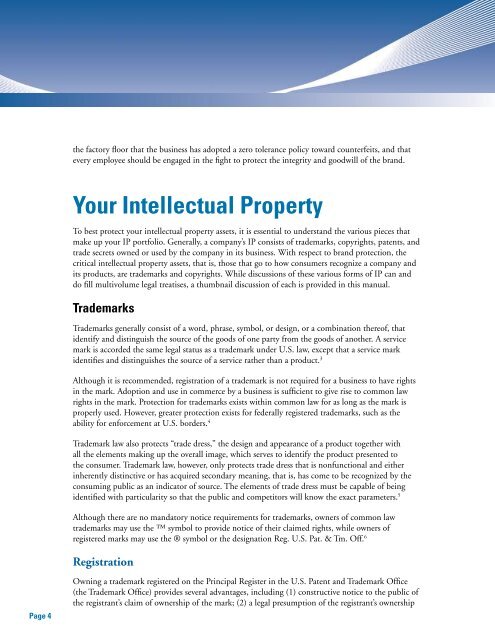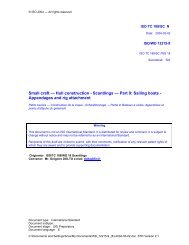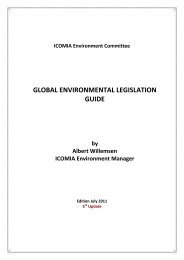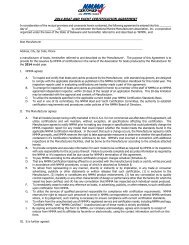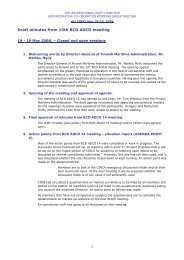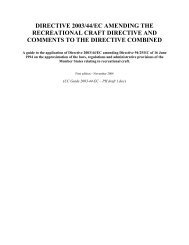Intellectual Property Protection and Enforcement Manual - Ipr-policy.eu
Intellectual Property Protection and Enforcement Manual - Ipr-policy.eu
Intellectual Property Protection and Enforcement Manual - Ipr-policy.eu
You also want an ePaper? Increase the reach of your titles
YUMPU automatically turns print PDFs into web optimized ePapers that Google loves.
the factory floor that the business has adopted a zero tolerance <strong>policy</strong> toward counterfeits, <strong>and</strong> that<br />
every employee should be engaged in the fight to protect the integrity <strong>and</strong> goodwill of the br<strong>and</strong>.<br />
Your <strong>Intellectual</strong> <strong>Property</strong><br />
To best protect your intellectual property assets, it is essential to underst<strong>and</strong> the various pieces that<br />
make up your IP portfolio. Generally, a company’s IP consists of trademarks, copyrights, patents, <strong>and</strong><br />
trade secrets owned or used by the company in its business. With respect to br<strong>and</strong> protection, the<br />
critical intellectual property assets, that is, those that go to how consumers recognize a company <strong>and</strong><br />
its products, are trademarks <strong>and</strong> copyrights. While discussions of these various forms of IP can <strong>and</strong><br />
do fill multivolume legal treatises, a thumbnail discussion of each is provided in this manual.<br />
Trademarks<br />
Trademarks generally consist of a word, phrase, symbol, or design, or a combination thereof, that<br />
identify <strong>and</strong> distinguish the source of the goods of one party from the goods of another. A service<br />
mark is accorded the same legal status as a trademark under U.S. law, except that a service mark<br />
identifies <strong>and</strong> distinguishes the source of a service rather than a product. 3<br />
Although it is recommended, registration of a trademark is not required for a business to have rights<br />
in the mark. Adoption <strong>and</strong> use in commerce by a business is sufficient to give rise to common law<br />
rights in the mark. <strong>Protection</strong> for trademarks exists within common law for as long as the mark is<br />
properly used. However, greater protection exists for federally registered trademarks, such as the<br />
ability for enforcement at U.S. borders. 4<br />
Trademark law also protects “trade dress,” the design <strong>and</strong> appearance of a product together with<br />
all the elements making up the overall image, which serves to identify the product presented to<br />
the consumer. Trademark law, however, only protects trade dress that is nonfunctional <strong>and</strong> either<br />
inherently distinctive or has acquired secondary meaning, that is, has come to be recognized by the<br />
consuming public as an indicator of source. The elements of trade dress must be capable of being<br />
identified with particularity so that the public <strong>and</strong> competitors will know the exact parameters. 5<br />
Although there are no m<strong>and</strong>atory notice requirements for trademarks, owners of common law<br />
trademarks may use the symbol to provide notice of their claimed rights, while owners of<br />
registered marks may use the ® symbol or the designation Reg. U.S. Pat. & Tm. Off. 6<br />
Registration<br />
Page 4<br />
Owning a trademark registered on the Principal Register in the U.S. Patent <strong>and</strong> Trademark Office<br />
(the Trademark Office) provides several advantages, including (1) constructive notice to the public of<br />
the registrant’s claim of ownership of the mark; (2) a legal presumption of the registrant’s ownership


